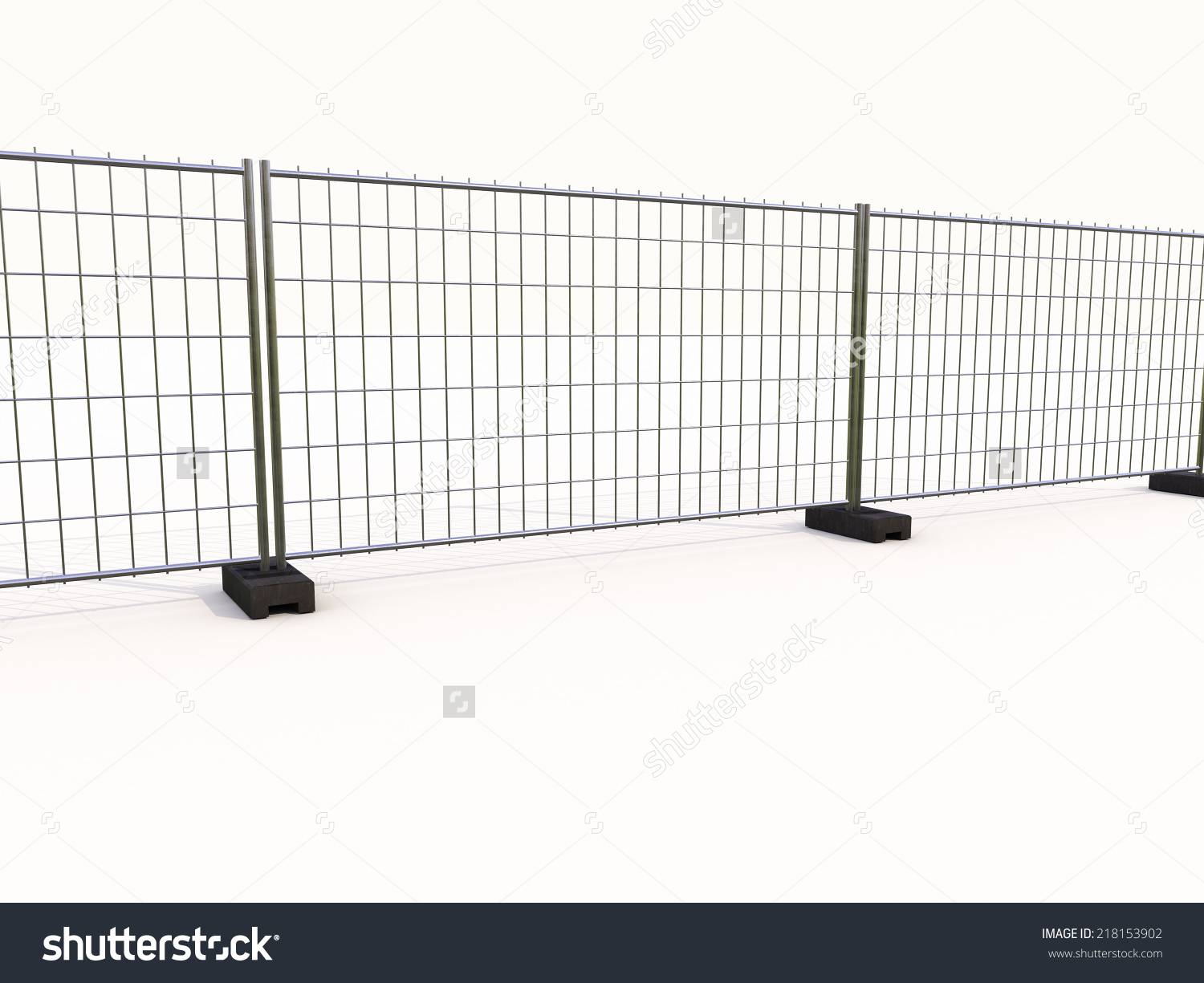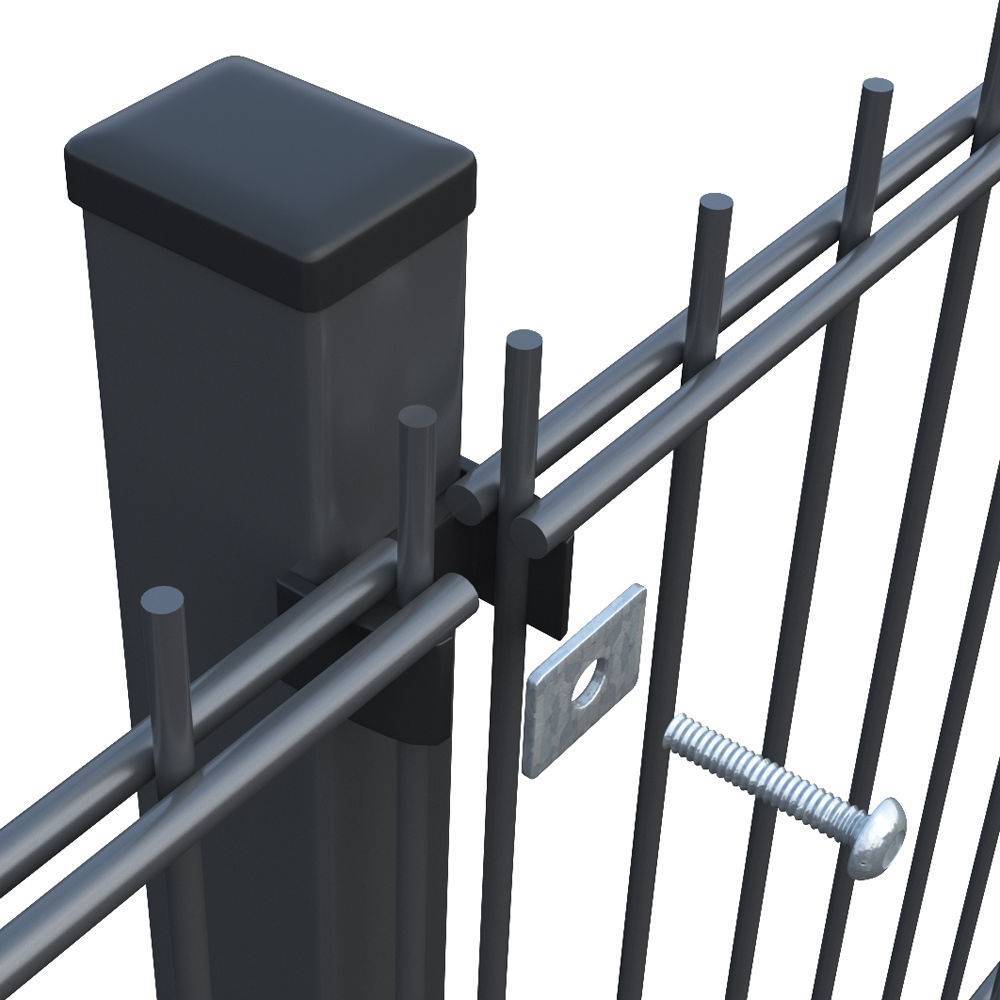

- ອາຟຣິກາ
- ອານບານີ
- Amharic
- ອາຣັບ
- ອາເມເນຍ
- ອາເຊີໄບຈັນ
- Basque
- ເບລາຣຸດ
- ເບັງກາລີ
- ໂບສເນຍ
- ບຸນກາຣີ
- ຄາຕາລານ
- ເຊບູອາໂນ
- ຈີນ
- China (Taiwan)
- Corsican
- ໂຄຣເອເຊຍ
- ເຊັກ
- ເດັນມາກ
- ໂຮນລັງ
- ພາສາອັງກິດ
- ເອສເປີຣັນໂຕ
- ເອສໂຕເນຍ
- ຟິນແລນ
- ພາສາຝຣັ່ງ
- Frisian
- ກາລິຊຽນ
- ຈໍເຈຍ
- ເຢຍລະມັນ
- ກຣີກ
- ກູຈາຣາຕີ
- ເຮຕີ ຄຣີໂອ
- ໂຮຊາ
- ຮາວາຍ
- ເຮັບເຣີ
- ບໍ່
- ມວຍ
- ຮັງກາຣີ
- ໄອສແລນຕິກ
- ອິກໂບ
- ອິນໂດເນເຊຍ
- ໄອແລນ
- ອິຕາລຽນ
- ພາສາຍີ່ປຸ່ນ
- ພາສາ Javanese
- ແຄນນາດາ
- ຄາຊັກ
- ຂະເໝນ
- ຣູວັນດາ
- ເກົາຫຼີ
- ຊາວເຄີດ
- ພາສາກີສ
- ແຮງງານ
- ລາຕິນ
- ລັດເວຍ
- ລິທົວເນຍ
- Luxembourgish
- ມາເຊໂດເນຍ
- ມາລາກາຊີ
- ມາເລ
- ມາລາຢາລາມ
- Maltese
- Maori
- Marathi
- ມົງໂກລີ
- ມຽນມາ
- ເນປານ
- ນໍເວ
- ນໍເວ
- ໂອຊິຕັນ
- ພາສໂຕ
- ເປີເຊຍ
- ໂປໂລຍ
- ພາສາປອກຕຸຍການ
- ປັນຈາບີ
- ໂຣມາເນຍ
- ພາສາລັດເຊຍ
- Samoan
- Scottish Gaelic
- Serbian
- Sesotho
- Shona
- Sindhi
- Sinhala
- Slovak
- Slovenian
- Somali
- Spanish
- Sundanese
- Swahili
- Swedish
- Tagalog
- Tajik
- Tamil
- Tatar
- Telugu
- Thai
- Turkish
- Turkmen
- Ukrainian
- Urdu
- Uighur
- Uzbek
- Vietnamese
- Welsh
- Bantu
- Yiddish
- Yoruba

Safety barrier directs traffic flow
In high-risk environments, safety barrier systems stand as non-negotiable guardians against catastrophic incidents. The vivid orange safety fence instantly signals danger zones, while unyielding safety bollards physically halt vehicular intrusions. These solutions transform chaotic construction sites, busy warehouses, and public venues into organized, compliant spaces where human life takes precedence. This definitive guide explores the engineering rigor, material science, and lifesaving applications behind modern safety infrastructure. Beyond compliance, intelligent barrier design reduces liability, enhances operational efficiency, and demonstrates organizational commitment to wellbeing. From temporary event perimeters to permanent industrial installations, understanding these systems empowers stakeholders to make informed, proactive safety investments.
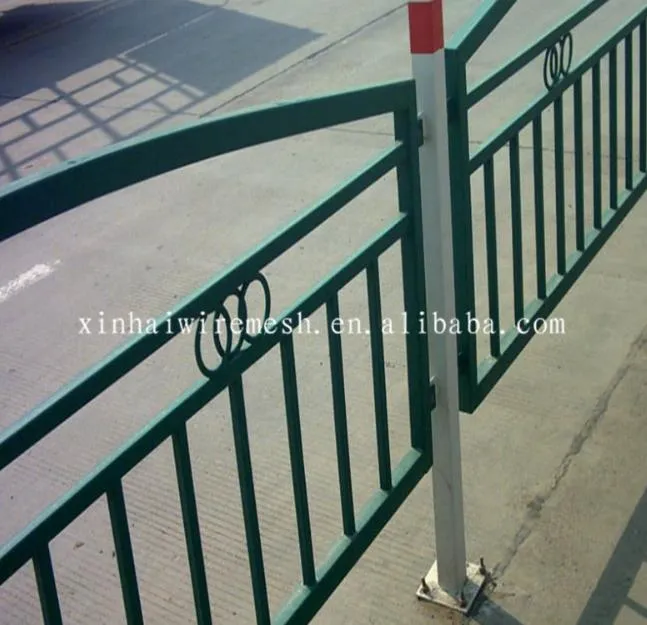
The Multifunctional Role of a Modern safety barrier
A safety barrier serves three critical functions: containment, segregation, and deterrence. Containment barriers prevent falls from heights or contain debris in demolition zones—modular guardrails with midrails and toe boards exemplify this. Segregation barriers create exclusive pathways, separating pedestrians from forklift routes using high-visibility panels. Deterrence barriers psychologically discourage trespassing via imposing designs, like steel gates with anti-climb features. Impact ratings define performance: OSHA-compliant barriers withstand 200-lb force at critical points, while crash-rated systems absorb 10,000+ lb vehicle impacts. Innovations include laser-guided alignment for curved installations and IoT-enabled barriers triggering alarms when breached. The ultimate safety barrier adapts dynamically—retractable belts manage queues, while interlocking barriers reconfigure for evolving site layouts. Proper deployment reduces workplace injuries by up to 60%, proving that prevention outweighs reaction.
Maximizing Visibility and Compliance with orange safety fence ວິທີແກ້ໄຂ
ໄດ້ orange safety fence dominates temporary hazard marking for unmatched visual urgency. OSHA mandates its use where excavation depths exceed 6 feet, with requirements for 500-psi tensile strength and UV-resistant pigments to prevent fading. Beyond trenches, it cordons off chemical spills, overhead work zones, and unstable terrain. Critical specifications include 42-inch minimum height, continuous reflective striping for nighttime visibility, and durable polyethylene mesh resisting tears. Advanced variants integrate motion-activated LEDs or biodegradable materials for eco-sensitive sites. Installation protocols demand rigid steel stakes every 6 feet with tensioned guy wires, ensuring wind resistance. The orange safety fence reduces "struck-by" incidents by 45% through proactive hazard communication—transforming passive warnings into active prevention systems.
Engineering Resilience into Critical safety bollards
Safety bollards constitute the last line of defense against vehicular threats. Crash-rated models feature 3/8-inch steel cores filled with energy-absorbing concrete or composite foams, engineered to stop 15,000-lb vehicles at 50 mph. Foundation depth determines efficacy: shallow-mount bollards embed 18 inches for low-speed protection, while security-grade versions require 4-foot concrete caissons resisting 80,000 ft-lb impact moments. Key applications include protecting storefronts from ram-raids, securing fuel pumps, and shielding pedestrian plazas. Retractable safety bollards offer flexible access control, rising in 3 seconds via hydraulic or electromagnetic systems. Corrosion-resistant finishes like galvanization or powder coating ensure decades of service in coastal or de-icing chemical environments. Each bollard undergoes ASTM F2656 crash testing—a non-negotiable standard for lifesaving infrastructure.
Selecting Optimal Materials for Long-Lasting safety barrier Systems
Safety barrier longevity hinges on material compatibility with environmental stressors. Galvanized steel dominates heavy industry with 50+ year lifespans, resisting impacts and fire. Polyethylene barriers offer chemical resistance in laboratories.Concrete Jersey barriers excel in highway medians with 10,000+ psi compressive strength. For corrosive settings, fiberglass-reinforced polymer barriers withstand saltwater or chemical exposure without degradation. Critical selection factors include:
UV stability (preventing plastic brittleness)
Operational temperature range (-40°F to 120°F for polymers)
Coefficient of friction (min. 0.7 for slip-resistant surfaces)
Recyclability (steel/recycled plastic barriers reduce carbon footprint)
Accelerated aging tests verify performance—salt spray chambers simulate decades of coastal exposure in weeks. Investing in certified materials prevents premature replacement and maintains safety barrier integrity during critical events.
FAQS about Expert Answers on safety barrier Implementation
What minimum height should a warehouse safety barrier have?
OSHA requires 42-inch height for safety barrier systems near pits or equipment. For forklift zones, add intermediate rails at 21 inches to prevent vehicle underride.
Can orange safety fence withstand extreme weather?
Industrial-grade orange safety fence features UV-stabilized polyethylene with 500-lb tensile strength, resisting winds up to 80 mph when properly tensioned and staked.
How deep must security safety bollards be installed?
Crash-rated safety bollards require 4:1 depth-to-height ratios—e.g., a 48-inch bollard needs 4-foot foundations. Shallow-mount options exist for low-risk areas.
Are modular safety barriers reusable across sites?
Yes! Interlocking steel or polymer safety barrier panels with quick-connect fittings allow rapid dismantling and redeployment without performance loss.
Do safety bollards require electrical connections?
Only automatic retractable safety bollards need power. Passive steel safety bollards operate without electricity, relying on structural integrity alone.
Don’t gamble with lives or compliance—partner with the pioneers in protective infrastructure. Our safety barrier systems exceed ASTM/OSHA standards, engineered from military-grade materials for unmatched durability. Explore our signature orange safety fence with reflective technology visible at 1,000 feet, or ultra-secure safety bollards tested to halt 15,000-lb vehicles. Customization options include site-specific dimensions, corporate colors, and access control integrations. Request a free hazard assessment: our engineers will map risks, recommend barrier types, and provide certified installation. With 24/7 emergency repair services and 20-year warranties, we transform vulnerabilities into verified safety.Download the product catalog—because when protection matters, only the best will do.
ຜະລິດຕະພັນທີ່ແນະນໍາ
ຂ່າວຫຼ້າສຸດກ່ຽວກັບ CheNG CHUANG
-
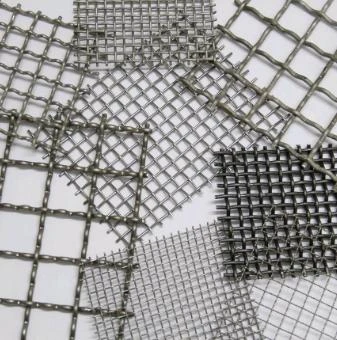 Wire mesh is durableWire mesh represents a cornerstone of modern industrial and agricultural solutions, offering unmatched versatility across countless applications.ອ່ານເພີ່ມເຕີມ >
Wire mesh is durableWire mesh represents a cornerstone of modern industrial and agricultural solutions, offering unmatched versatility across countless applications.ອ່ານເພີ່ມເຕີມ >Jul 11 2025
-
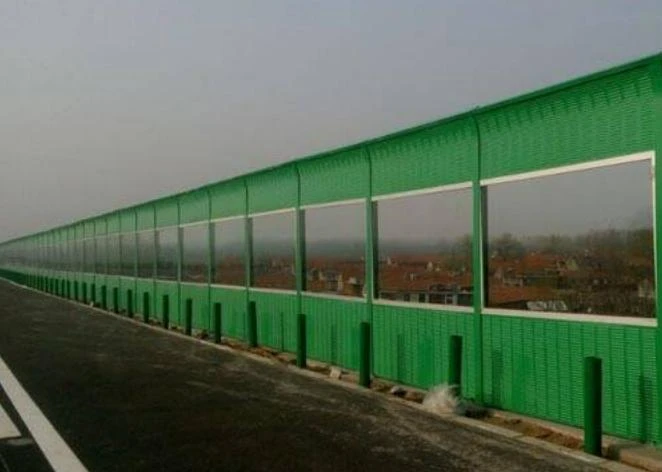 Modular Noise Barrier Eases InstallationUrbanization intensifies noise pollution, making noise barrier systems essential for preserving human health and tranquility.ອ່ານເພີ່ມເຕີມ >
Modular Noise Barrier Eases InstallationUrbanization intensifies noise pollution, making noise barrier systems essential for preserving human health and tranquility.ອ່ານເພີ່ມເຕີມ >Jul 11 2025
-
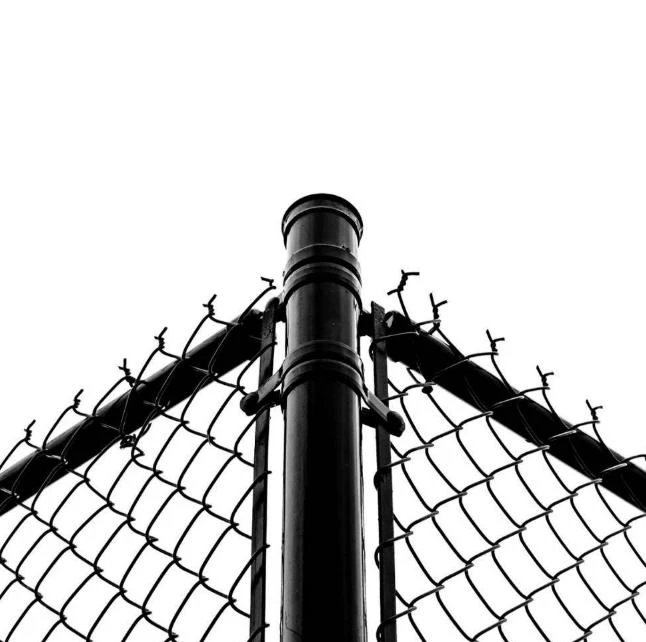 Metal fence types enhance securityMetal fence types form the backbone of modern perimeter security solutions worldwide.ອ່ານເພີ່ມເຕີມ >
Metal fence types enhance securityMetal fence types form the backbone of modern perimeter security solutions worldwide.ອ່ານເພີ່ມເຕີມ >Jul 11 2025
-
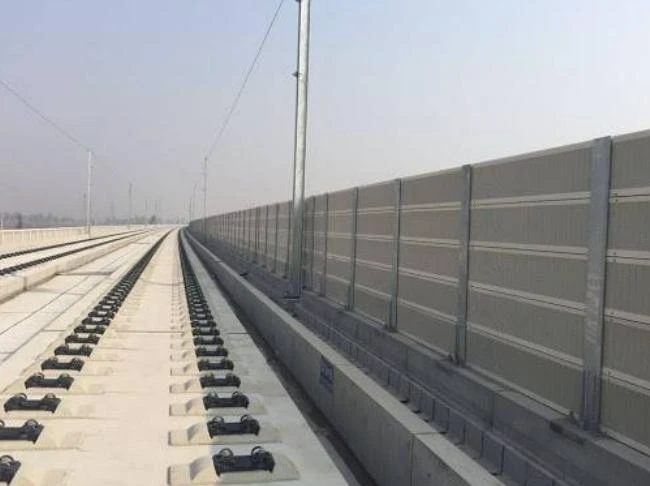 Crowd Control Barrier Manages Foot TrafficThe management of public gatherings demands precision, safety, and reliability, making crowd control barrier systems indispensable tools for organizers worldwide.ອ່ານເພີ່ມເຕີມ >
Crowd Control Barrier Manages Foot TrafficThe management of public gatherings demands precision, safety, and reliability, making crowd control barrier systems indispensable tools for organizers worldwide.ອ່ານເພີ່ມເຕີມ >Jul 11 2025
